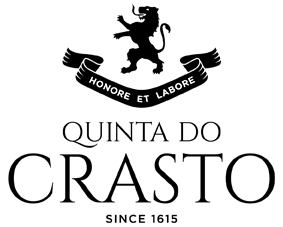The Douro Wine Region is made of thousands of vineyard plots, each of which with its own peculiar characteristics including, amongst others, the age of the vines, the varieties planted, and the sun orientation. All of these make the region a rich source of grapes for the production of a vast selection of wines: different special categories of Port wines including Ruby, Tawny, LBV, Colheita or Vintage, and the White and Red Douro wines including the Single Varietals, Single Vineyards and the Reserva Old Vines.
It falls to the Quinta do Crasto grape-growing and wine making teams to blend the grapes coming from each individual plot of vines so as to arrive at the perfect wine for each category. This is a long and delicate task that calls upon the talent and skill of these teams who are guided by the strategic plan laid out in advance for each wine. At Quinta do Crasto, there are three granite lagares with different capacities. The largest one can hold up to nine tons of grapes.
Each granite lagar has a huge capacity. However, in order to produce wines, it is not necessary to fill them to capacity. As each plot of vines is harvested, fermented and made separately into wine, a lagar might not be filled more than one or two hands height of grapes before they are trodden and the juice is fermented under the guidance of the winemakers. These many different decisions are taken daily throughout the harvest in accordance with the context and the winemaking conditions. It is only at the end of the process that the winemaking team puts together the final blend of each wine after careful evaluation of the results obtained from the grapes of each plot of vines.



